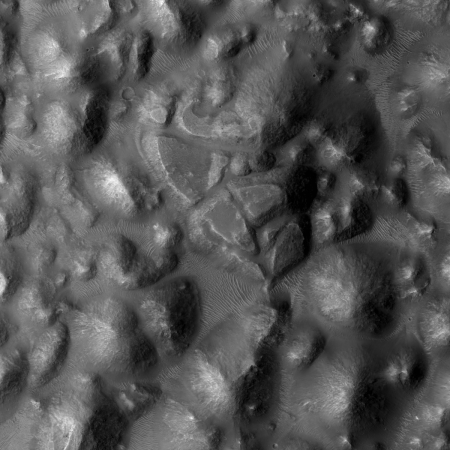Socialists win four Democratic primaries in Pennsylvania
At least they’re honest about who they are: Four socialist candidates won the Democratic Party primaries in Pennsylvania yesterday.
Two were in Philadelphia, and two were in Pittsburgh. Three of the four face no Republican opposition in the general election, which means there will be in increased polarization in the Pennsylvania state government. This also likely means that the governments of both cities will shift leftward. We can therefore reliably predict, as has happened in every place where socialists take power, that the quality of life in both Philadelphia and Pittsburgh will go down, even as both experience ballooning budgets and deficits.
At least they’re honest about who they are: Four socialist candidates won the Democratic Party primaries in Pennsylvania yesterday.
Two were in Philadelphia, and two were in Pittsburgh. Three of the four face no Republican opposition in the general election, which means there will be in increased polarization in the Pennsylvania state government. This also likely means that the governments of both cities will shift leftward. We can therefore reliably predict, as has happened in every place where socialists take power, that the quality of life in both Philadelphia and Pittsburgh will go down, even as both experience ballooning budgets and deficits.


